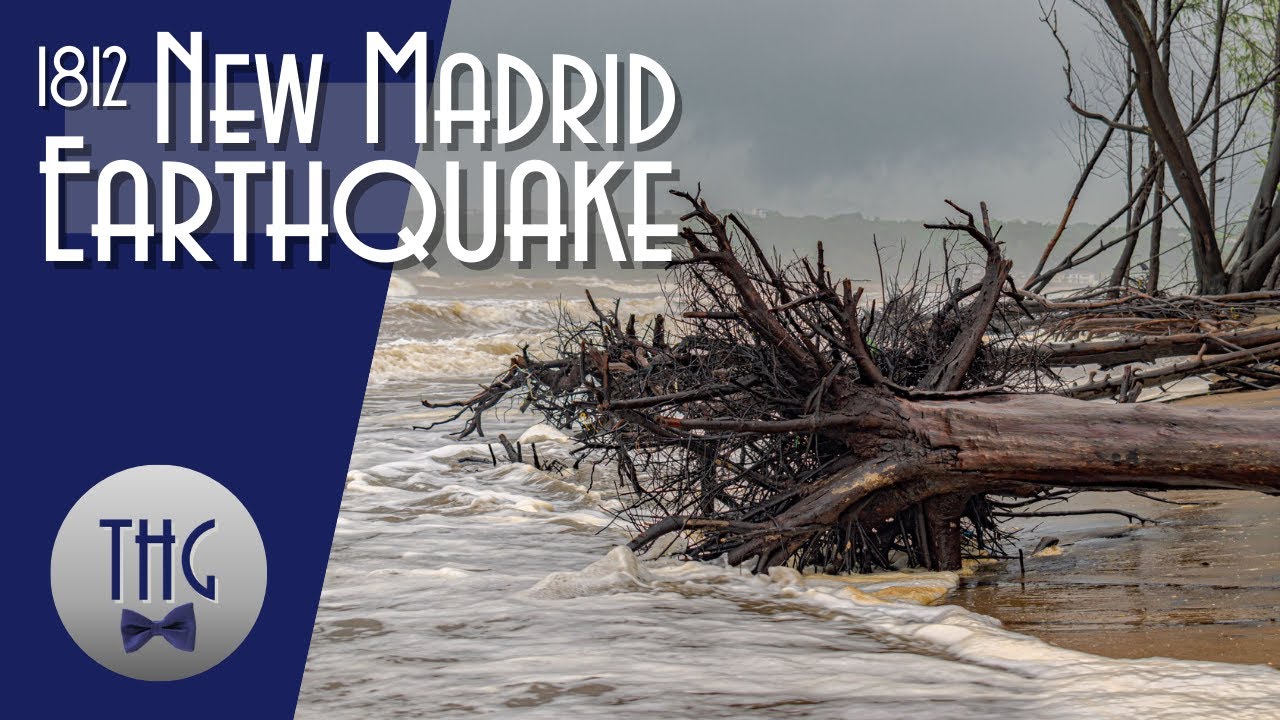Earthquakes don’t just happen around “ring of fire” edges of tectonic plates, but also in the middle of continents. They’re rarer, but can be devastating over a large area. Between December 16, 1811 and February 7, 1812, a series of four earthquakes, all with Richter magnitudes in excess of 7, shook the vicinity of New Madrid in the U.S. Louisiana Territory (present day state of Missouri). The earthquakes caused enormous damage to the sparsely populated region, briefly reversed the flow of the Mississippi river, and was felt from the Gulf coast to Canada and on the U.S. east coast.
It is difficult to imagine the damage a similar event would cause today, when most of the construction in the region was not built to the seismic standards enforced on the U.S. west coast.
